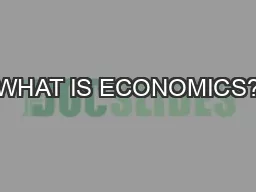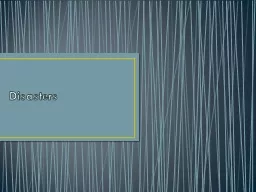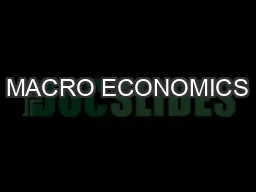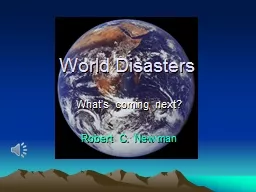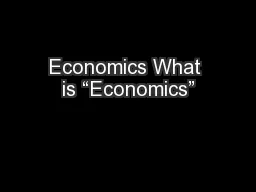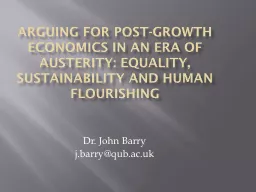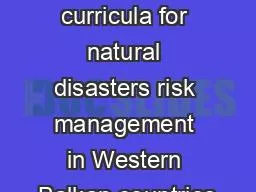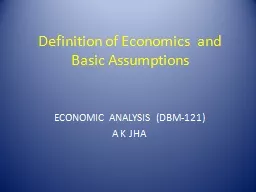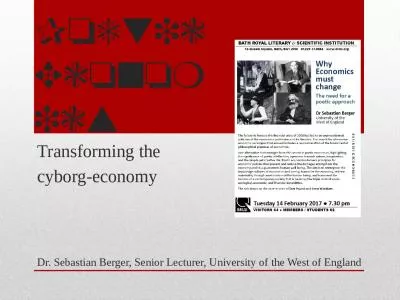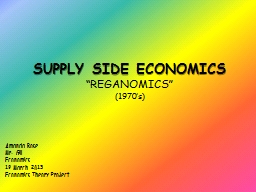PPT-Economics of Disasters Are Disasters Good for the Economy?
Author : giovanna-bartolotta | Published Date : 2018-10-10
Directions Distribute the clues so that each person is holding at least one Clues 14 Black Death 58 Spanish Flu 910 Hurricane Katrina Share the clues in a roundrobin
Presentation Embed Code
Download Presentation
Download Presentation The PPT/PDF document "Economics of Disasters Are Disasters Goo..." is the property of its rightful owner. Permission is granted to download and print the materials on this website for personal, non-commercial use only, and to display it on your personal computer provided you do not modify the materials and that you retain all copyright notices contained in the materials. By downloading content from our website, you accept the terms of this agreement.
Economics of Disasters Are Disasters Good for the Economy?: Transcript
Download Rules Of Document
"Economics of Disasters Are Disasters Good for the Economy?"The content belongs to its owner. You may download and print it for personal use, without modification, and keep all copyright notices. By downloading, you agree to these terms.
Related Documents


